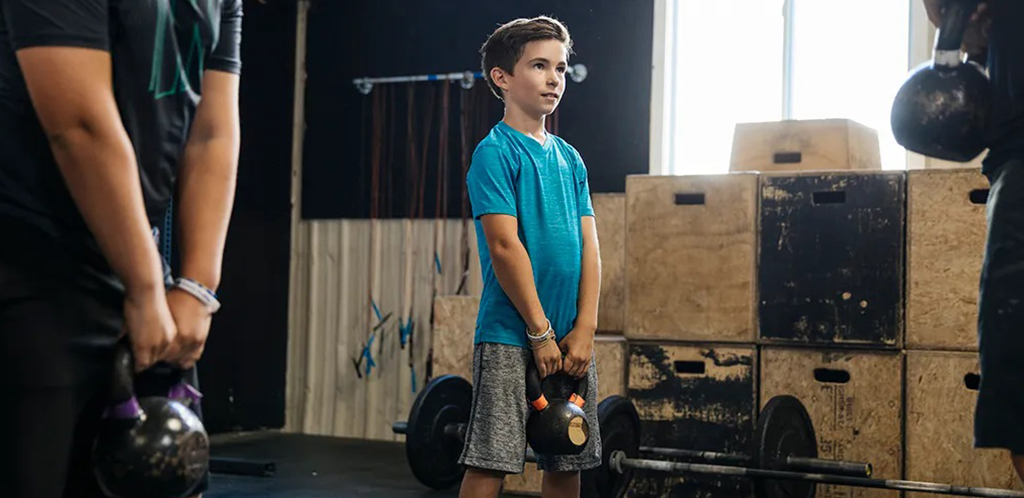What is the truth?
This is one of the most persistent myths of all time.
When longitudinal growth happens in humans, or what we term as growth in height, it occurs in the long bones (tibia, fibula, femur, humerus, radius, ulna). Ends of these long bones are bulbous ends shaped like a fist held downwards. The bulbous head ends with what looks like knuckles and so are called condyles (latin word for knuckles) This head joins the shaft of the long bone at the junction called the neck. There are growth plates here known as epiphyseal plates.
These plates are responsible for lengthening the bone upon messages from the human growth hormone. At the end of puberty, which is around 16 for girls & around 18 for boys, the hormone estrogen peaks and sends a message to the epiphyseal plates to fuse & close. This is called epiphyseal closure. There can be no further growth thereafter.
What about short and tall athletes and the sports they are associated with?
So clearly, human skeletal growth is purely hormonal. Exercise can neither stunt nor promote growth. The myth stems from the fact that people who excel in weightlifting sports are generally short. Any sport at elite levels needs genetic advantage, in lifting a short stature assures a lower center of gravity and a shorter travel - both super advantageous in lifting heavy weights. Thus, most weightlifters and powerlifters are not short because they lift heavy, but can lift heavy because they are short. Similarly, basketball doesn't make people tall, but tall people excel at it.
A kid, no matter how heavy he lifts or is made to lift, will grow as much as his genetics have predetermined him to grow. If a kid fractures a long bone, once it re-unionises the growth continues unhindered. The thing to think about is, if the breakage of bone cannot stop growth, how can weight bearing stop growth?


